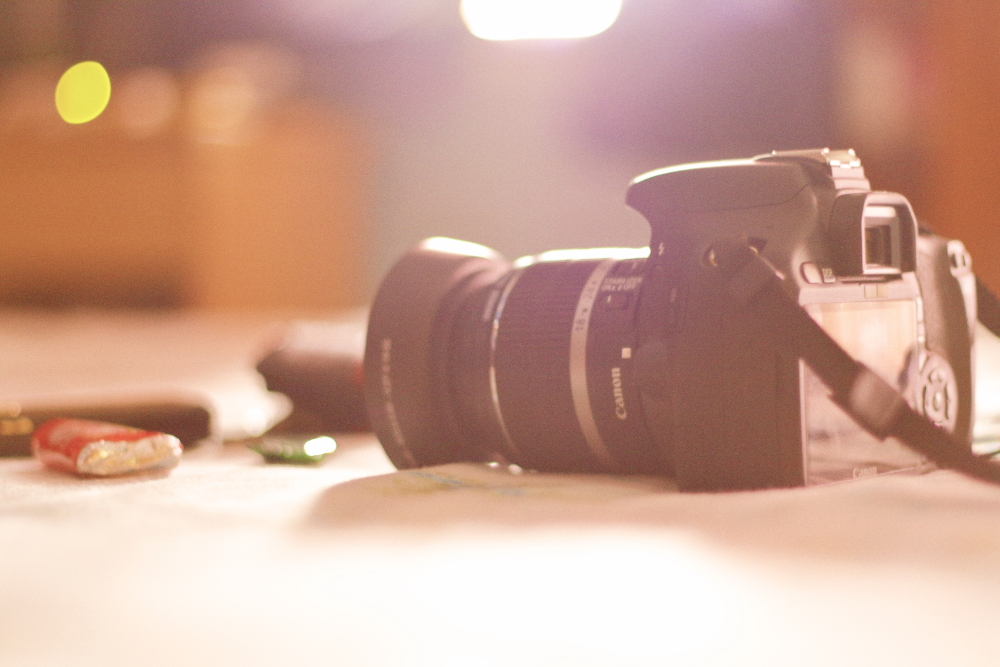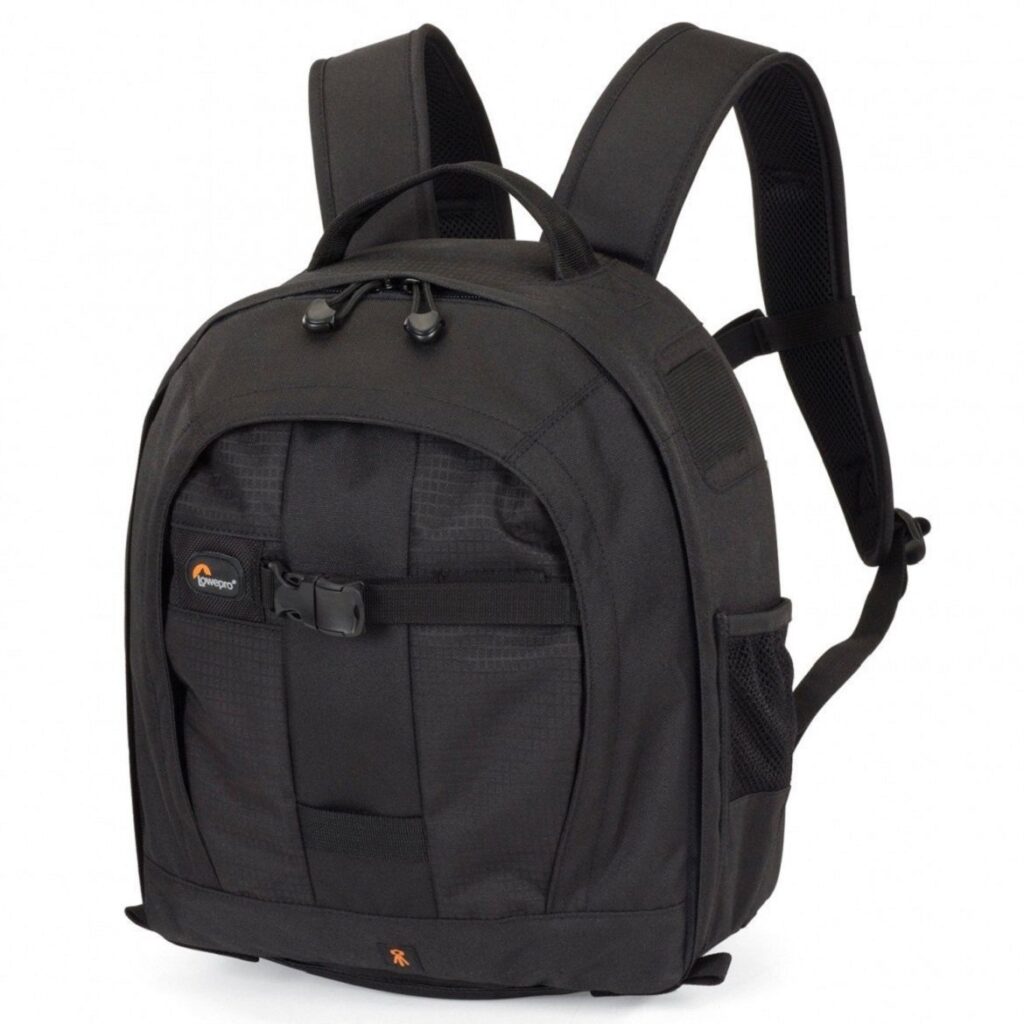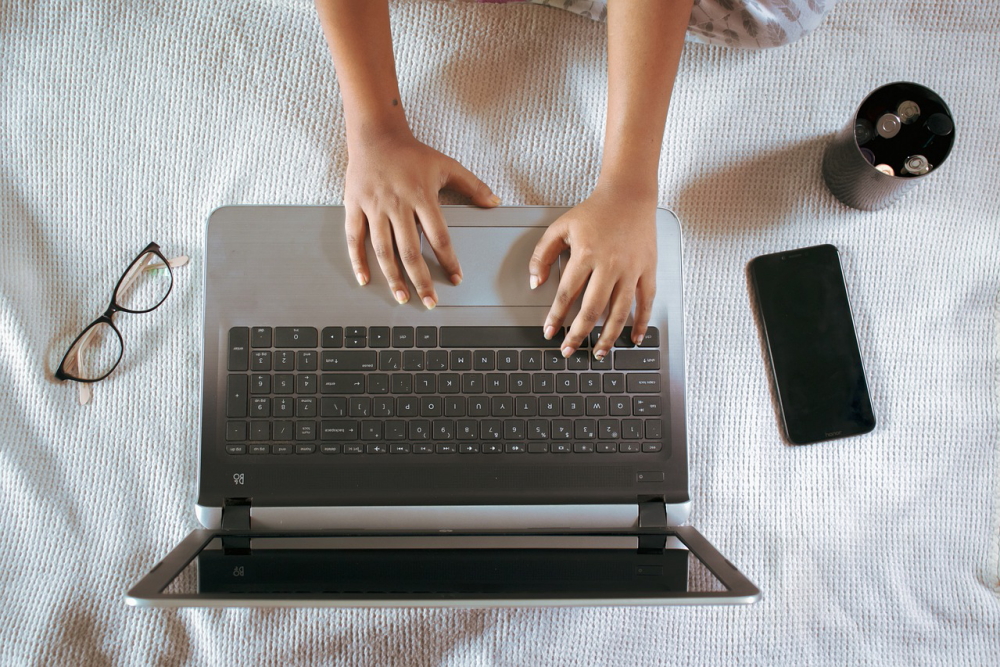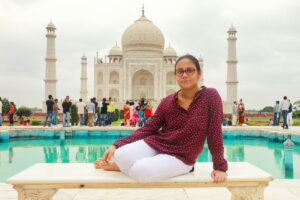Photography is not a priority for many travel bloggers. But if you want to make your website visually appealing, posting good-quality photographs is a must. While you can get good quality photographs from stock photo websites, especially if you have a paid subscription, clicking good quality travel photos all by yourself, gives you more uniqueness and control over your website. So carrying your own photography equipment while travelling is equally important for a travel blogger these days.
While a smartphone is a much more convenient way for photography these days and can produce good quality photographs, I still think that you need a traditional camera for travel photography. Else, all the big brands producing traditional cameras would stop their production unit or start making smartphones.
In this article, I mentioned photography gear that you must buy to start your journey as a travel blogger. Here are the 11 pieces of photography equipment that are the minimum you should carry while travelling.
Table of Contents
Camera
This is the first piece of equipment you need for photography. You need a camera to capture the images – the beautiful places you go, the wonderful moments you spend with your family and friends, the new people you met and the new culture you lived in. So, that you can share it with your close ones back home or upload it to your social media accounts to let the world see it.
You can have a point-and-shoot camera, a mirrorless camera or a DSLR camera to document your journey. Each of them has its own pros and cons which I will discuss in later posts. But the point is, you must have one to accompany you while travelling.
Lens
Camera lenses are as important as your camera body. In fact, it is part of the camera itself. I mentioned it separately because if you use an interchangeable lens camera, this equipment will be an added gear that you need to consider.
Usually, for interchangeable cameras, a kit lens is included in your camera box until you buy only a camera body. For any beginner travel blogger, the kit lens is more than enough. To add to your lens collection, you can gradually buy more according to your photography style.
I found my kit lens very useful, and that is why, when I upgraded to a better quality lens, I stuck to the same focus range. My next upgrade would be a wide-angle lens that I felt useful while travelling to a historical place or framing a landscape.
Memory card
Memory card is where the camera stores all the data that it receives while you press the shutter. Before buying a memory card, you should know what format of card your camera supports.
Most recent cameras support SD cards or their higher variants like SDHC or SDXC cards. Usually, the first memory card is provided by the retail shop from where you purchase your camera. It is always better to keep a couple more with you as the provided one has a small to moderate capacity depending on your camera’s MRP.
I use four memory cards with different capacities. I always encourage people to break up into multiple cards rather than one maximum capacity memory card because it hurts you less when that single card suddenly gets corrupted.
UV filter
UV filter was used as a sunscreen for your lens. I use the word “was” because the UV filter used to be essential for film photography when it protects from the blue cast that you often saw on your printed photos taken on a bright sunny day. Nowadays, in digital cameras, that function is no more needed, but you must buy a UV filter when buying a new camera, particularly an expensive one. Why?
It helps protect your lens from injury, not from a hard one (like a drop or a hit) but from the little things like scratches, dust, sand, water sprays etc. Thus acts as a barrier for the front element (glass) of your camera lens. So buy a UV filter thinking of it as a scratch guard for your lens. The compromise in the quality of a photo using a UV filter is absolutely negligible for a travel blogger and a beginner photographer.
Camera Bag
A good camera bug is another investment you need to make while buying your camera equipment initially. You can buy a sling bag or a backpack. I found a backpack more helpful when I have to carry it alone, but a sling bag is easier to carry when you have a large rucksack already on your back. It would be best if you make your choice as per your convenience and the camera gear you have. But whatever you buy, try to choose something with a protective rain cover in it.
Tripod
Although modern cameras can shoot in low light pretty well, you will soon feel a tripod’s need while travelling. I would not say, I use it very often, but I always carry one with me. A travel tripod is must-have photography equipment for a travel blogger if you take your blogging journey seriously.
Choosing the right tripod for yourself is a hell of a job. For the inial period, buy something basic that comes within ₹5000 and use it for a couple of years before upgrading to a new one. Just a few things to consider while buying it – the maximum weight it supports, the tripod’s height, the mechanism of the tripod head, and the tripod’s stability, anything else could be considered later when you upgrade for a better one.
External Hard Drive
An external hard drive is a gadget that should always be in your camera bag. Keeping a backup of your photos is always a good idea. So, buy it as soon as possible. There are many brands in the market, but it is better to trust something used by many photographers. Regarding what capacity to buy, it is the same as a memory card. Buy two 1-TB hard drives rather than buying one 2-TB hard drive.
Lens cleaning kit
If you possess a camera, you have to take care of it. You have to remove the smudges, flecks, stains and fingerprints from the glass of your lenses to avoid any unnecessary spots in your photos. A lens cleaning kit is essential for every photographer.
Usually, a kit has the following things –
- cleaning brush
- microfibre cloth
- air blower
- cleaning solution or spray
- lens cleaning pen (optional)
Silica Gel
You can buy a camera and lens storage unit in your home to protect the costly pieces of equipment from physical damage, particularly from fungus. But when you travel, this is not a feasible option. In that case, you can use silica gel sachets to place them inside your camera bag. The sachets will soak the extra moisture and protect your camera gears from the fungus.
Laptop
You must carry your laptop with you while travelling. Not just to post your images on social media immediately, but to check the photo’s quality on a larger screen, what mistakes you have made and how you can improve. Of course, if you shot in the RAW format, you need to process your photos before posting them.
A good laptop that takes care of your photography editing must be far ahead of the basic models. It must have a fast processor, enough RAM, an added graphic card with extra memory (VRAM), good screen resolution and decent screen size.
Photo Editing Software
Finally, the photo editing software that helps you process your RAW images or enhance your JPEG images is the last entry in this list of photography equipment for a travel blogger. You can use online photo editors like PicMonkey or Canva for basic tweaks and filters whereas Adobe Lightroom for its advanced features. You can purchase an Adobe Creative Cloud subscription for photo storage, image and video editing, graphic designing and creating an online portfolio.
Book your trip: Resources
- Flight
Use Skyscanner or Google Flights to book your flight.
- Accommodation
Tripadvisor and Agoda are perfect for booking your hotel. If you want to stay in a hostel, then Hostelworld would greatly help you find one at your convenience.
- Travel Insurance
World Nomads is perfect for travel insurance. You can get comprehensive protection from them. Let them take care of unexpected situations while you concentrate on your trip.
- Package Tour and Activities
You can book a package tour from G-Adventures and Viator. They are a reputed company arranging small group tours and customising them per your requirements. You can also use Get Your Guide to book your private transport, city tours, heritage walks, food walks and other experiences like a cooking lesson or a Yoga session.
Disclosure: Some of the links below are affiliate links. You will be directed to another third-party website when you click those links. If you purchase anything via those links, I will earn a referral bonus without any extra cost to you.














Hi,
Great article.
Some good suggestions that most ppl overlook.
Thank you